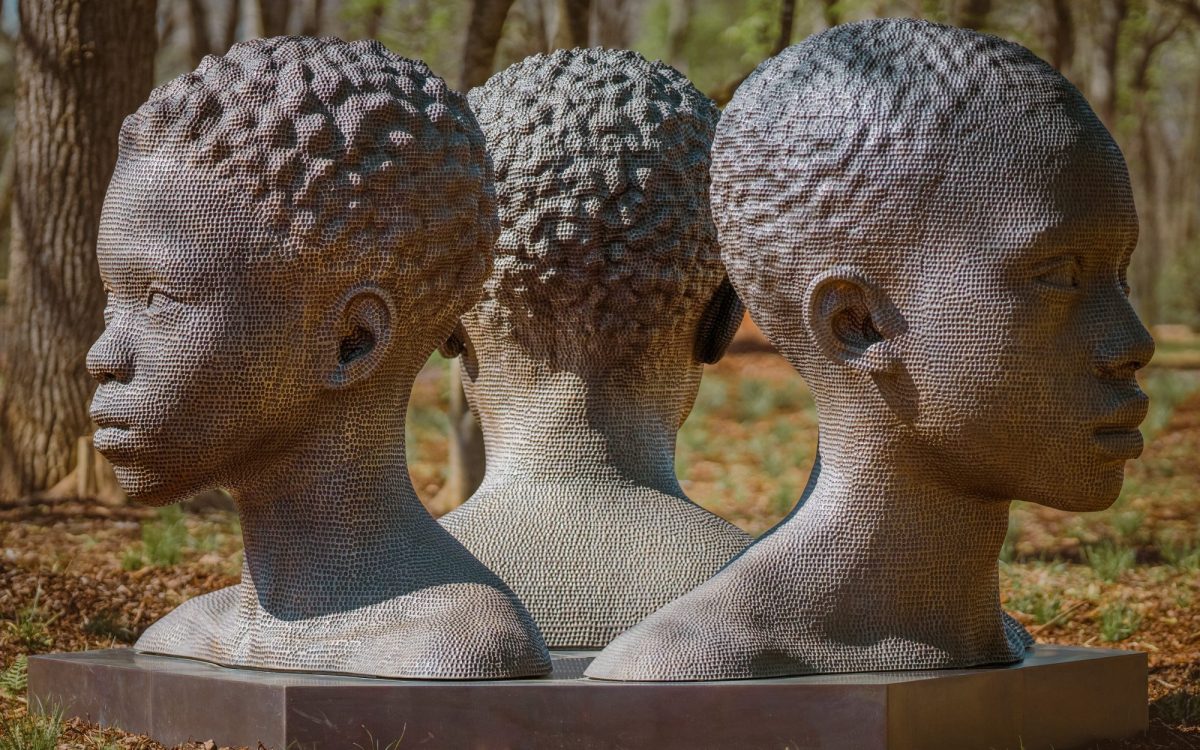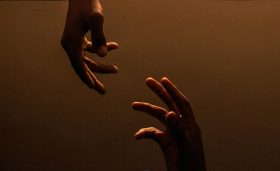We live in a visual world. In fact, in the old days, many Fleet Street journalists feared that pictures would replace words.
That day has happened – every day we consume 10,000 visuals. And this number, while it may already be frightening, is due to increase over the coming 10 years.
The sheer number of screens we own in our Western households, and the many billboards on our streets, is expanding as we speak; for instance, every year the US adds 15,000 billboards to its urban landscape. We therefore exist in a sea of visuals.
Unless you are not an observer, these visuals shape you daily – the products you will buy, the insecurities you will have and the images of who you wish to become. They have so much more power over our behaviours and psyches than words do. Neuroscientists have shown that we store 60% of these visuals in the most subconscious part of our brain – the amygdala. This creates a cognitive visual overload and we do not have time to analyse all these visuals. Instead, we respond by effect, feeling triggered, outraged or sad.
Yet, we still live in the age of ignorance when it comes to visuals. We have never been taught visual education or visual literacy at school, nor have we ever trained our eyes to challenge what we see daily. We trust too much the visuals around us and, with the rise of Artificial Intelligence (AI) imagery and deepfakes, visual misinformation is becoming a real threat to our society. I believe we urgently need to make visual literacy a mainstream priority.
In the cultural sector, there is so much we will do. I use the word “will” because I believe that our visual world is a civic space and, as such, it’s a space for all. And yet the arts sector is run by a majority of people from privileged backgrounds. We assume visual literacy and we assume the same visual environment that we grew up with for the rest of the population. We are deeply misguided in this.
If you are born in a low-income neighbourhood, you are two to three times more likely to be exposed to a high density of commercial imagery. You are also less likely to be exposed to the arts at school, and more likely to feel that the arts isn’t a world for you. Given the gaps of who is represented on the pedestals on display in our streets (97% of the sculptures we have on display in our cities are of privileged white men), not only is our current visual environment harmful to the mental health of the ones who are already vulnerable in our countries, but it also doesn’t represent people at large. Teaching visual literacy to all would solve this deep social inequality.
Most of us think in pictures. Indeed, 65% of the population at large are visual thinkers, so we should all be able to think visually and reclaim control over our visual environment. Right now, we do not see enough of the cultural space in our everyday visual world. My research tells us that 99% of the visuals we see daily are commercial adverts and triggering visuals from global conflicts. These visuals damage our mental health.
Commercial imagery is built on making us feel dissatisfied, so that we can consume more and, in a world of visual cognitive overload, our traditional media and social media platforms lean towards the images that can become most viral – the ones that trigger us emotionally the most.
We need another visual space. One that welcomes nuance, complexity and empathy – one that enhances our wellbeing. The arts have proven over the years to be that room, so we need to make sure that the incredible artists we work with daily get to inspire everyone, not just in a gallery you may visit a few times a year if you are from a privileged background, but instead at the heart of our everyday visual experience.
Read: Visual literacy: have you noticed your superpower?
I run a company, MTArt Agency, which has delivered 300 projects over the past nine years – 300 visual stories on the streets we walk through, up to those in our entertainment spaces. I have seen the impact these projects have made and measured this as part of an academic paper with Warwick University in the UK.
After being exposed to the public art projects we had integrated into our cities, 82% of people reported a higher state of wellbeing. Our arts need to speak to everyone and so, instead of waiting for people to walk into our spaces, we must come to everyone and start these visual conversations.
I am excited for our arts sector to take centre stage in a visual world that deeply needs visual critical thinking and a diversity of visual voices. Onwards.
Marine Tanguy is a speaker at REMIX Summit Sydney 2024 (13-14 June) and recently published the book The Visual Detox, How to Consume Media Without Letting It Consume You (Penguin).





